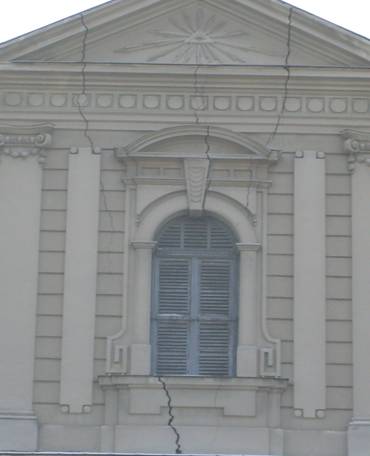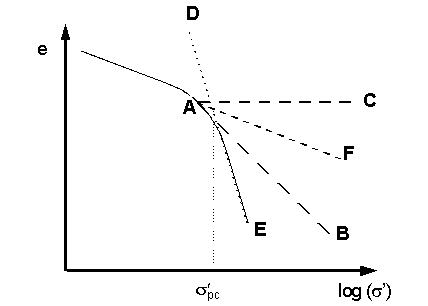Deformability of soil



Introduction
* During the process of construction soil is put under pressure which results in soil deformation.
* In order to avoid possible damage during the process of construction or usage of the structure (building), we try to predict all the possible deformations and adjust to the with and type of the soil.
* If we have un contaminated samples of coherent soil then it's more the enough to examine compressibility of the soil using oedometer.
* In all other situations we need to use "in situ" in order to examine the soil.

Results of tests which were conducted in the laboratory
* The results of the tests which were conducted in the laboratory are presented with tables and diagrams, usually in appropriate forms and graphic examples.
* The laboratory tests are comprised of practical size diagrams, Casagrand's diagram of flexibility, and tabular examination of moist, density of soil.
* During graphic examinations of the engineering content, we need to list all the relevant conditions of the examination.
* For the triaxial compression test we mention all the indicators uu (unconsolidated un drained test) or cu (consolidated un drained test) or cd (consolidated drained test), duration of some phases of the examination, speed of axial deformation and shape of the sample during the braking point.

Casagrande’s construction for estimating preconsolidation pressure